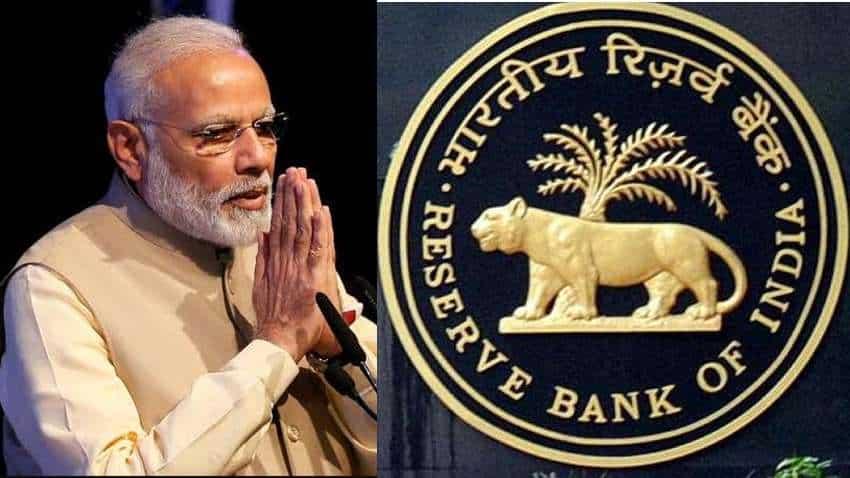Banks in India: From Crisis to Recovery

The Indian banking sector has undergone a tumultuous period in recent years, with the sector grappling with mounting non-performing assets (NPAs) and a severe shortage of capital. The situation was so dire that in 2014, the Reserve Bank of India (RBI) was forced to put 11 public sector banks under close monitoring due to their precarious financial position. This was a clear indication that the banking sector in India was in dire straits.
The root cause of the problem was the excessive lending to corporate entities, without proper due diligence, which resulted in huge NPAs. The lending practices were largely driven by political influence and corruption, with loans being given out to those who had no intention or ability to repay them. In some cases, borrowers were siphoning off funds and diverting them to their personal accounts, leaving the banks high and dry.
In 2014, the Modi government took over the reins of the country and inherited a fragile banking sector on the verge of collapse. The situation was made worse by the fact that the NPA ratio had reached an alarming 14.5%, putting the entire banking system at risk. Despite calls for a white paper to be released to assess the state of the banks, the government chose not to do so, fearing that it would create panic among investors and depositors, leading to a run on the banks.
Instead, the government took steps to improve the capital position of the banks, while also introducing stringent laws to recover NPAs and confiscate the property of defaulters. The government also increased the deposit insurance cover from Rs. 1 lakh to Rs. 5 lakh, ensuring that the public's money was safe in the banks.
Demonetisation in 2016 was another significant step taken by the government to clamp down on black money and fake currency, which had become a major source of funding for parallel economies running outside the banks. This move forced those who were running the parallel economy to deposit their money in banks, which helped the banks recover a significant amount of the money that had been stuck outside the banking system.
The introduction of the Insolvency and Bankruptcy Code (IBC) in 2016 was another landmark step that allowed banks to recover their dues from defaulters in a time-bound manner. The IBC has been successful in recovering a significant amount of money that was earlier considered irretrievable.
The results of these measures have been visible in the last few years, with the banking sector slowly recovering from the crisis. The NPA ratio has come down to 4.5%, and banks that were showing losses of Rs. 85,000 crore in 2017-18 are now showing profits of Rs. 66,000 crore in 2021-22. The market capitalisation of banks has also increased from Rs. 4.5 lakh crore in 2018 to Rs. 10.5 lakh crore in 2022.
The government's efforts to recover money from high-profile defaulters like Nirav Modi, Vijay Mallya, and Mehul Choksi have also borne fruit, with more than 90% of the money recovered so far. The Rainbow laws introduced by the government have made it easier to confiscate the property of defaulters and fugitives, making it difficult for them to evade the law.
In conclusion, the Indian banking sector has come a long way from the brink of collapse to recovery in a short span of time. The government's efforts to improve the capital position of banks, recover NPAs, and introduce stringent laws to punish defaulters have played a significant role in this turnaround. The banking sector is now on a path of sustained growth and stability, which bodes well for the Indian economy in the long run.
मोदी है तो मुमकिन है !!
- Political Leaders
- Art & Crafts
- Dance & Music
- Sanatan Dharma
- Education & Training
- Food & Drinks
- Gaming
- Health & Fitness
- Home & Gardening
- Literature & Culture
- Love
- Medicine & Ayurveda
- Motors & Vehicles
- Movies & Cinema
- Parenting
- Politics
- Science & Technology
- Shopping
- Social Media
- Spirituality
- Sports
- War & History
- Yoga & Meditation
- Travel & Tourism
- Natural Disaster
- Business & Startups
- DIY & Home Decor
- Finance
- Personal
- News
- Pet Lovers
- Wild Life & Nature
- Podcast & Audio Books
- Poetry
- Law & Order
- Moral Stories
- Jokes & Humour
- Altre informazioni

